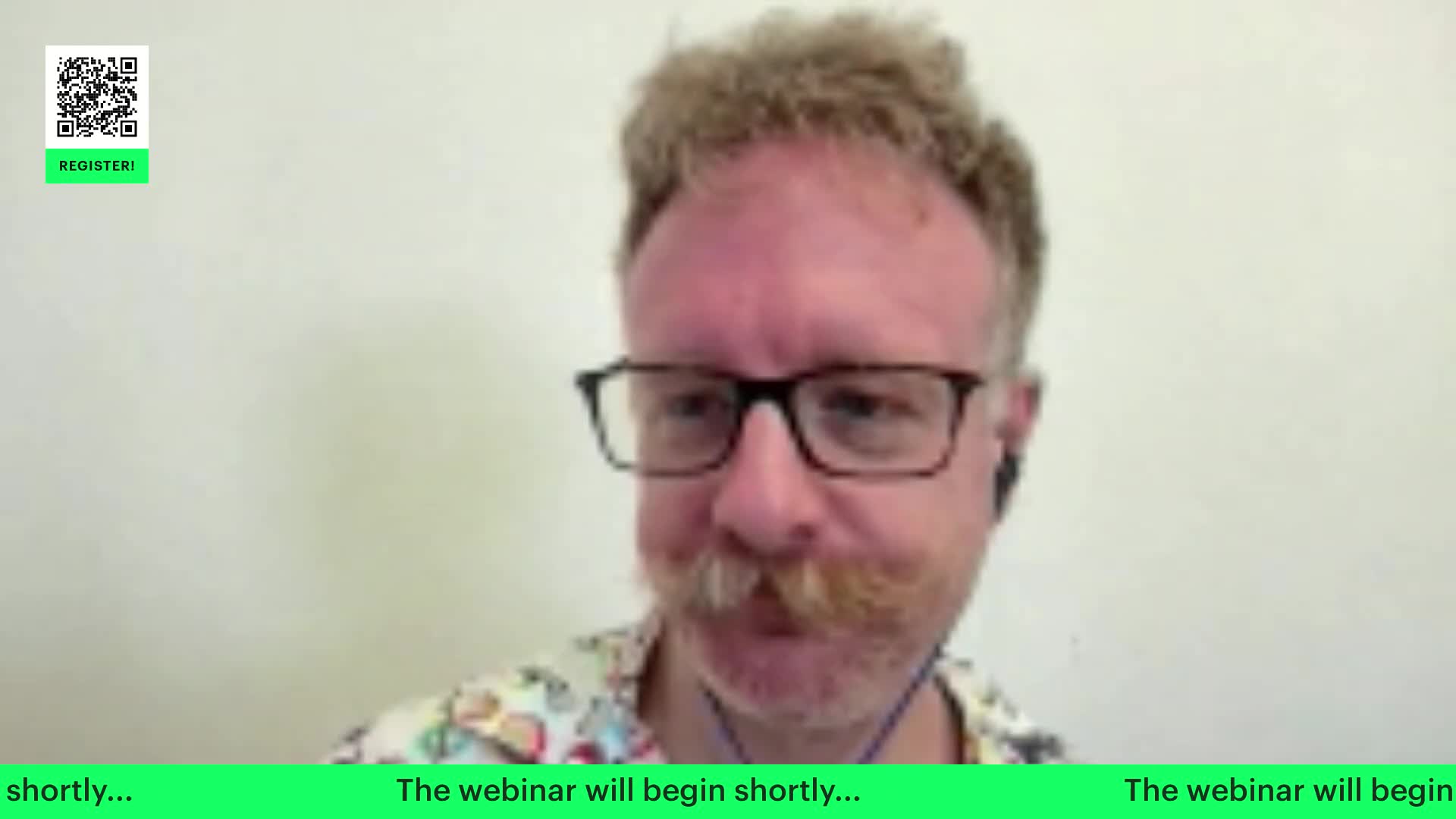Saltar al contenido principal





Relacionado
webinar
How DataCamp Portfolios Will Help Your Career
This session is designed to empower aspiring and seasoned data and AI professionals alike in crafting compelling data portfolios that stand out in the competitive job market.webinar
Accelerating Your Data Career with DataCamp Portfolio
In this webinar, we are excited to unveil the new DataCamp Portfolio and how they can take your data career to new heights.webinar
Tips for Building a Data Science Portfolio with DataCamp
Join our panel as they help you build you data science portfoliowebinar
Live Code-Along: Land Your Dream Job with a Data Science Portfolio
We discuss the importance of a data science portfolio and how to build it.webinar
Data Storytelling for Your Data Portfolio
In this webinar, you'll learn about "the other parts" of creating a data portfolio: finding good datasets, and turning your analyses into a data story.webinar
How to Get a Job in Data
In this session, you'll learn what hiring managers look for in candidates for data analyst and data scientist roles, and get tips on how to prepare yourself for the hiring process and your first weeks on the job.Join 5000+ companies and 80% of the Fortune 1000 who use DataCamp to upskill their teams.
Loved by thousands of companies

